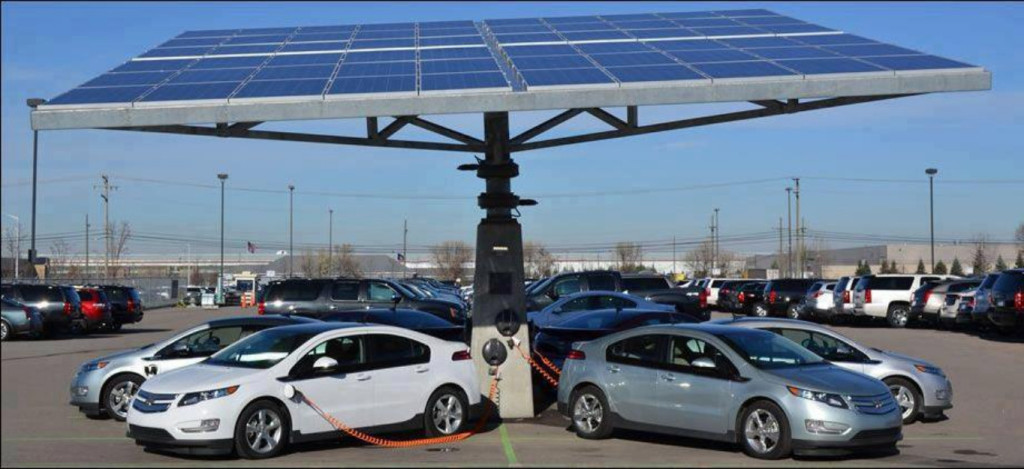
Solar or solar energy is the energy of the Sun, its light and heat that people have been using since ancient times with the help of various technologies. Solar radiation, along with secondary solar sources such as wind, wave energy and biomass, are counted among the most commonly available renewable energy sources on Earth. Only a small fraction of the solar energy used is available.
Solar or solar energy is the energy of the Sun, its light and heat that people have used since ancient times with the help of various technologies. Solar radiation, along with secondary solar sources such as wind, wave energy and biomass, are counted among the most commonly available renewable energy sources on Earth. Only a small fraction of the solar energy used is available. Solar energy provides electricity using heat engines or photovoltaic systems. Once converted, its use is limited to human ingenuity. The partial list of the solar system includes space for heating and cooling through solar architecture, drinking water through distillation and disinfection, thermal energy for cooking and high temperature heat processes for industrial purposes. Solar technologies are widely characterized as either passive solar or active solar, depending on the way sunlight is collected, converted, and distributed. Active solar techniques include the use of photovoltaic cells and solar thermal collectors (with electrical or mechanical equipment) to convert sunlight into useful output units. Passive solar techniques include the orientation of the building towards the Sun, the selection of materials with favorable thermal or light scattering properties, and the design of spaces in which air naturally circulates.
About the energy of the Sun.
The sun, as a fusion reactor, converts about 600 million tons of hydrogen into helium every second, releasing a huge amount of energy that is sent into space in the form of electromagnetic, light, heat, X-ray and other forms of radiation. Of the total 3.8 × 1026 W of energy that the Sun radiates into space, the Earth receives 1.7 × 1017 W (174 PW). About 30% of received energy the Earth reflects back into space, about 47% retains as heat, about 23% goes to the process of circulating water in nature while the rest is “spent” on photosynthesis. The earth's surface, atmosphere and oceans absorb solar radiation, which increases their temperature. The warm air containing water vapor from the ocean increases causing atmospheric circulation or convection. When the air reaches high altitudes, where the temperature is low, water vapor condenses into clouds from which rain begins to fall on the Earth's surface and thus ends the water cycle. The latent heat of water condensation increases convection, producing atmospheric phenomena such as wind, cyclone and anticyclone. Sunlight, absorbed by the oceans and land, keeps the surface at a temperature of 14 ˚C. By photosynthesis, green plants convert solar energy into a chemical that produces food, wood and biomass from which fossil fuels are derived. The total solar energy absorbed in the Earth's atmosphere, oceans and land is about 3,850,000 EJ (exaoules) per year. In 2002, that was more energy in one hour than the world used in one year. Photosynthesis records about 3,000 EJ per year in biomass. The amount of solar energy that reaches the planet’s surface is enormous, so much so that in one year it is twice as large as all of Earth’s non-renewable sources of coal, oil, natural gas and mined uranium in combination that will ever be obtained.
Application of solar energy
Solar energy primarily refers to the use of solar radiation for practical purposes. All renewable energies, except geothermal energy and tides, get their energy from the Sun. Solar technologies are broadly characterized as passive or active depending on the way they collect, convert and distribute sunlight. Active solar techniques use photovoltaic panels and pumps to convert sunlight into a useful output. Passive solar techniques include select


